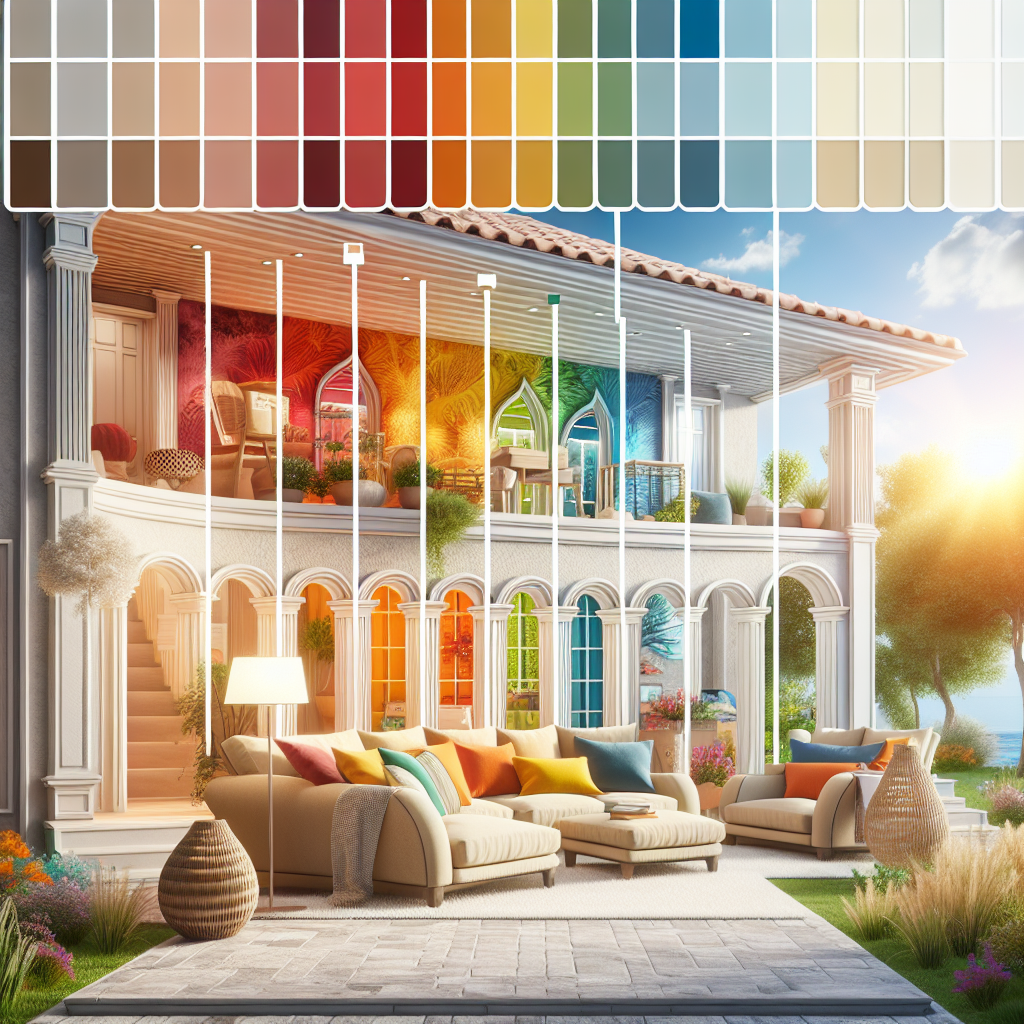
Choosing the Best Reflective Paint Colors for Leesburg’s Sunlit Spaces
Understanding Light Refraction
As we all know, light plays a significant role in the way colors appear to our eyes. When light hits an object, it either reflects, transmits or absorbs the light, which ultimately affects the visual perception of colors. In simple terms, how light reflects off a colored surface determines the color's appearance. With that being said, it is crucial to consider the light source and how it will interact with the paint color when choosing the best reflective paint for sunlit spaces in Leesburg.
Factors to Consider in Choosing Reflective paint colors
When choosing reflective paint colors, there are various factors to consider. These include the type of light source, the angle of incidence, and the surface's texture and color. In Leesburg, a city known for its sunny weather, it is essential to select reflective paint colors that can withstand the high levels of natural light and still maintain their vibrancy.
Types of Light Sources
Natural sunlight and artificial light sources such as LED or fluorescent bulbs have different color temperatures and wavelengths. This affects how colors appear under these sources. Sunlight, for example, has a higher color temperature, making colors appear warmer and brighter. On the other hand, artificial lights may have a lower color temperature, resulting in cooler and less vibrant colors. When choosing reflective paint colors for sunlit spaces in Leesburg, it is essential to take into account the type of light source and its effects on color appearance.
Angle of Incidence
The angle at which light hits a colored surface also affects the way colors appear. When light hits a surface at a perpendicular angle, the color appears to be at its truest form. However, when the light hits at an oblique angle, the color may appear dull or with a different hue. In sunlit spaces, the light source is often directly overhead, so the angle of incidence may not play a significant role. However, if there are windows or reflective surfaces in the room, it is essential to consider the angle of incidence when choosing reflective paint colors.
Surface Texture and Color
The texture and color of the surface being painted can also impact how the reflective paint color appears. Smooth surfaces reflect light more evenly, resulting in a truer color appearance. Rough or textured surfaces, on the other hand, can break up the light, causing the color to appear different or less intense. The underlying color of the surface can also affect how a reflective paint color appears. A white surface, for example, will reflect more light, making the reflective paint color appear brighter and more vibrant. In conclusion, when choosing reflective paint colors for sunlit spaces in Leesburg, it is crucial to consider the type of light source, the angle of incidence, and the surface's texture and color. By taking these factors into account, you can ensure that the color you choose will not only look great in natural light but also maintain its vibrancy and appeal in artificial light as well. So go ahead and pick the perfect reflective paint color for your sunlit space in Leesburg and let the light do the rest!










